Masayuki Kano
Seismic Wavefield Reconstruction based on Compressed Sensing using Data-Driven Reduced-Order Model
Jun 24, 2022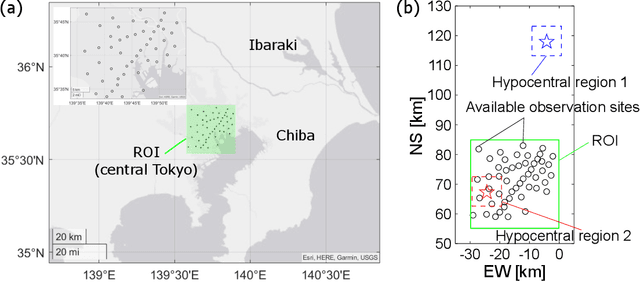
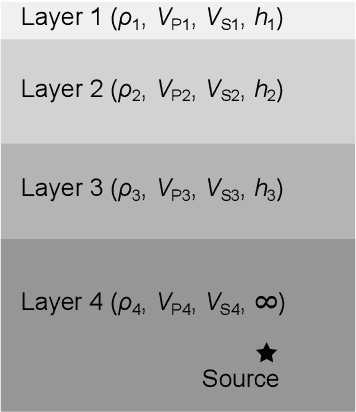
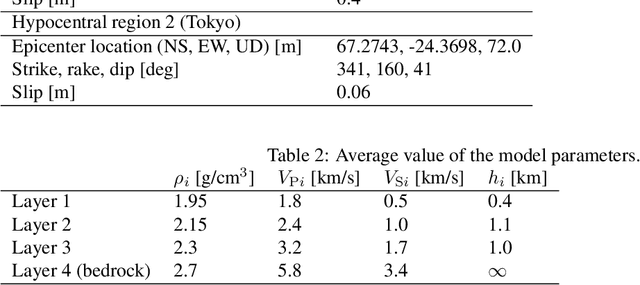
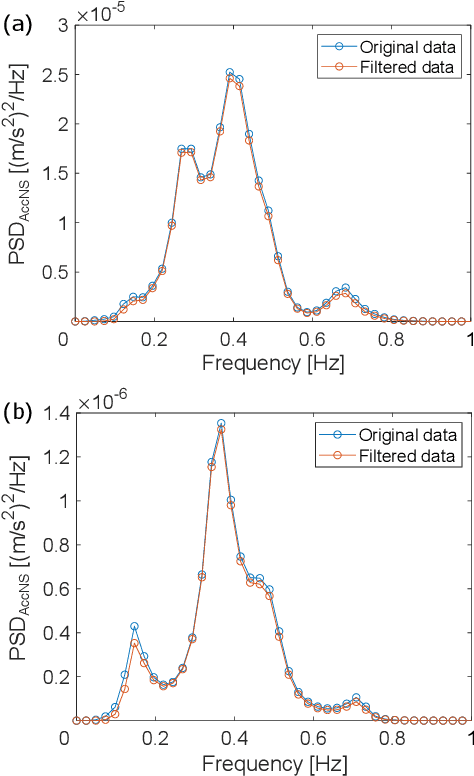
Abstract:A seismic wavefield reconstruction framework based on compressed sensing using the data-driven reduced-order model (ROM) is proposed and its characteristics are investigated through numerical experiments. The data-driven ROM is generated from the dataset of the wavefield using the singular value decomposition. The spatially continuous seismic wavefield is reconstructed from the sparse and discrete observation and the data-driven ROM. The observation sites used for reconstruction are effectively selected by the sensor optimization method for linear inverse problems based on a greedy algorithm. The validity of the proposed method was confirmed by the reconstruction based on the noise-free observation. Since the ROM of the wavefield is used as prior information, the reconstruction error is reduced to an approximately lower error bound of the present framework, even though the number of sensors used for reconstruction is limited and randomly selected. In addition, the reconstruction error obtained by the proposed framework is much smaller than that obtained by the Gaussian process regression. For the numerical experiment with noise-contaminated observation, the reconstructed wavefield is degraded due to the observation noise, but the reconstruction error obtained by the present framework with all available observation sites is close to a lower error bound, even though the reconstructed wavefield using the Gaussian process regression is fully collapsed. Although the reconstruction error is larger than that obtained using all observation sites, the number of observation sites used for reconstruction can be reduced while minimizing the deterioration and scatter of the reconstructed data by combining it with the sensor optimization method.
Observation Site Selection for Physical Model Parameter Estimation toward Process-Driven Seismic Wavefield Reconstruction
Jun 09, 2022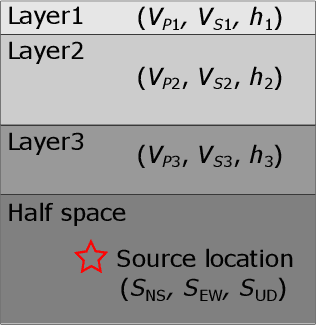

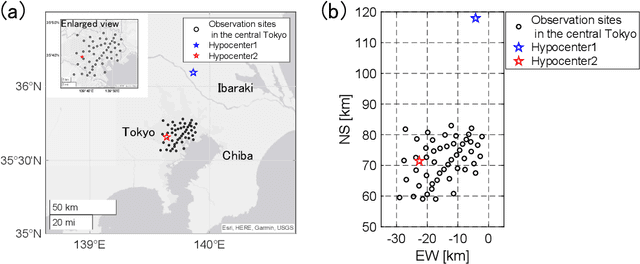
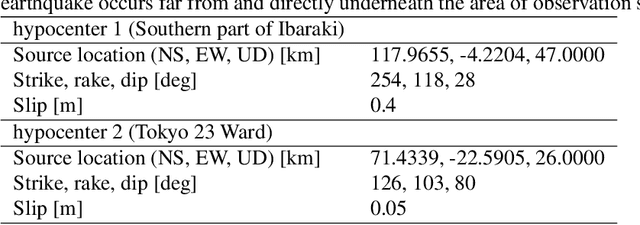
Abstract:The seismic data not only acquired by seismometers but also acquired by vibrometers installed in buildings and infrastructure and accelerometers installed in smartphones will be certainly utilized for seismic research in the near future. Since it is impractical to utilize all the seismic big data in terms of the computational cost, methods which can select observation sites depending on the purpose are indispensable. We propose an observation site selection method for the accurate reconstruction of the seismic wavefield by process-driven approaches. The proposed method selects observation sites suitable for accurately estimating physical model parameters such as subsurface structures and source information to be input into a numerical simulation of the seismic wavefield. The seismic wavefield is reconstructed by the numerical simulation using the parameters estimated based on the observed signals at only observation sites selected by the proposed method. The observation site selection in the proposed method is based on the sensitivity of each observation site candidate to the physical model parameters; the matrix corresponding to the sensitivity is constructed by approximately calculating the derivatives based on the simulations, and then, observation sites are selected by evaluating the quantity of the sensitivity matrix based on the D-optimality criterion proposed in the optimal design of experiments. In the present study, physical knowledge on the sensitivity to the parameters such as seismic velocity, layer thickness, and hypocenter location was obtained by investigating the characteristics of the sensitivity matrix. Furthermore, the effectiveness of the proposed method was shown by verifying the accuracy of seismic wavefield reconstruction using the observation sites selected by the proposed method.
 Add to Chrome
Add to Chrome Add to Firefox
Add to Firefox Add to Edge
Add to Edge